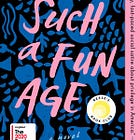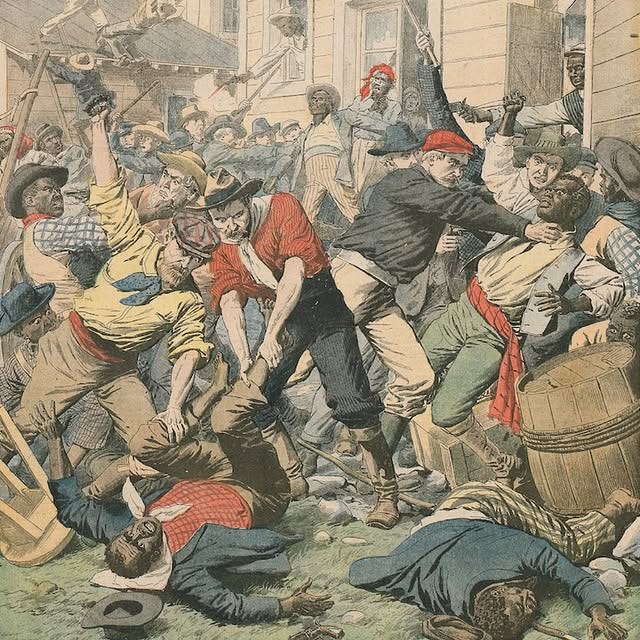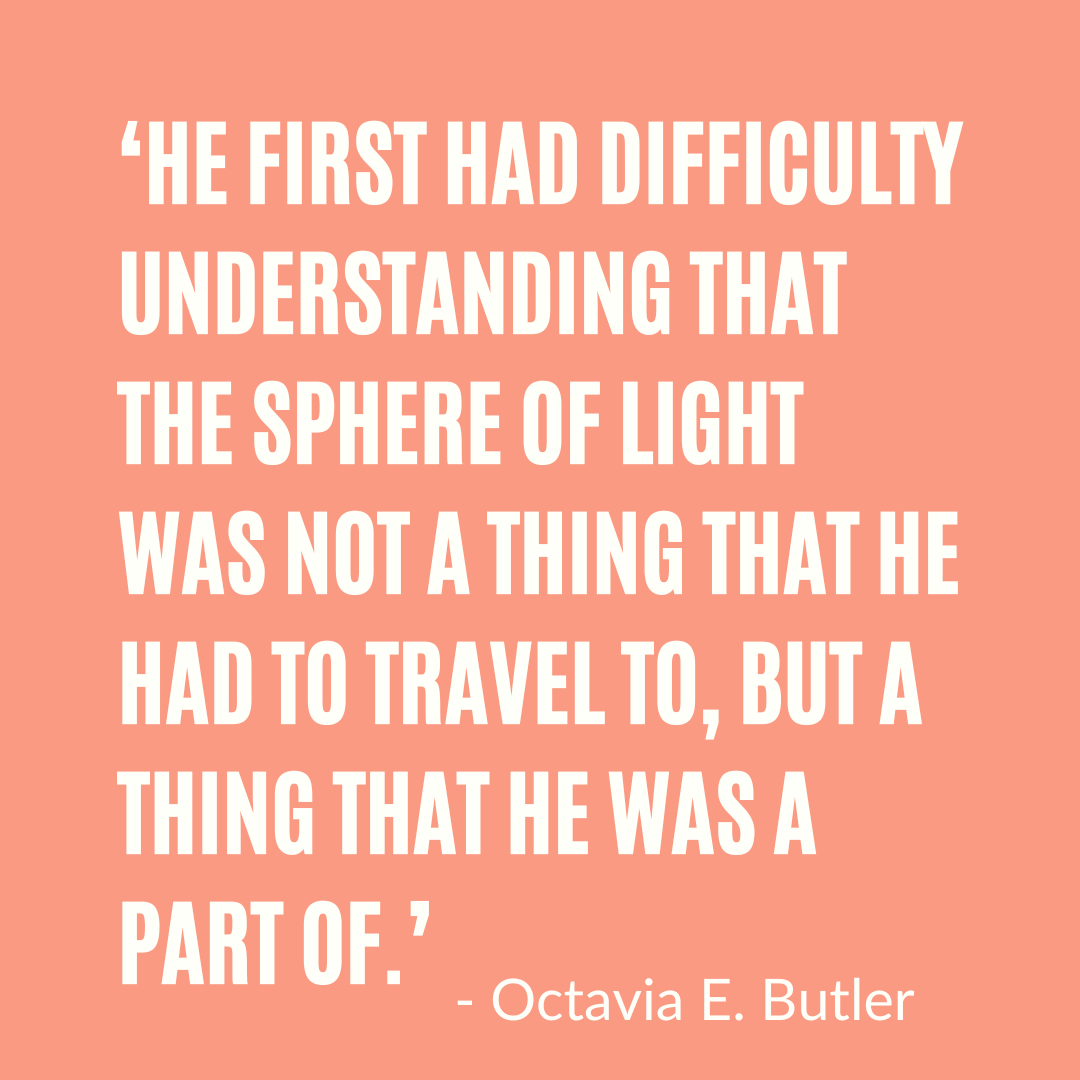The softer side of us
Quotes and Black Art | Thursdaysº
Quotes and Black Art
Your Curated Art Museum
“Come for the art, stay for the quotes.”
“I think that showing character strengths and weaknesses just remains so much more true to who we can be as humans.”
— Kiley Reid
A Snippet:
Did you know that American author Kiley Reid summed up her debut novel, Such a Fun Age, as, “A comedy of good intentions?”
Learn more . . .
166. “When We Arrived” (2022)
“I wanted to focus on the softer side of us and, if I say the softer side of us, I mean Black people showing public affection, relaxing, and just doing normal things that we all do.”
— Richard Mensah
Did you know?
Did you know that Richard Mensah is a British Ghanaian London based artist who, having had no formal art education (or training), has been involved in numerous exhibitions, and was selected in 2020 as one of 25 emerging artist in the UK to watch out for in a Mayfair gallery—London’s Central district famous for luxury?
Mensah’s love for drawing, sketching, and painting started at a young age in Ghana.
He moved to the United Kingdom in the early 2000s and after a break from art for more than 15 years, started painting again (around 2016), and has since been involved in numerous exhibitions.
Mensah has also been shortlisted and longlisted for numerous awards including the 2021 Royal Academy of Arts Summer Exhibition, the Robert Walters Group UK New Artist of the Year Award and the Jacksons Painting Prize.
167. “1906 Atlanta Race Massacre” (1906)
“Black Americans were hanged from lampposts; others were shot, beaten or stabbed to death. They were pulled from street cars and attacked on the street; white mobs invaded black neighborhoods, destroying homes and businesses.”
— Atlanta History Center
Did you know?
Did you know that violent attacks by armed mobs of white Americans against Black Americans in Atlanta, Georgia, began on the evening of September 22, 1906, after newspapers published several unsubstantiated (and purposely lurid) detailed reports of the alleged rapes of local women by Black men?
The massacre (originally termed a “riot”) lasted for two days (until September 24, 1906) and the horrific events were reported by newspapers around the world, including the French Le Petit Journal which described the ‘lynchings in the USA’ and the ‘massacre of Negroes in Atlanta.’
The final death toll of the conflict is disputed, but officially at least 25 African Americans and two whites died. Unofficial reports ranged from 10–100 black Americans killed during the massacre.
168. “ Looking Upward” (1928)
“But in the first place, I told my students, ‘First, you’ve got to get the basics, and we have to go back to realism.’”
— James Lesesne Wells
Did you know?
Did you know that James Lesesne Wells was born on the campus of an historically Black University, the Gammon Theological Seminary in Atlanta, where his father was pursuing a doctorate in divinity?
Wells spent most of his youth in Palatka, Florida.
Following his father’s premature death, James Lesesne Wells received a scholarship to attend Florida Baptist Academy in nearby Jacksonville for his secondary education. There, his artistic talent flourished, and he was recognized with several awards at the 1915 Florida State Fair.
Art instruction would be an important aspect of Wells’s life, as evidenced by his thirty-nine-year tenure at Howard University in Washington, DC. The impressive roster of students Wells influenced at Howard, include: Elizabeth Catlett, David Driskell, Delilah Pierce, and Mildred Thompson.
Getting back to basics
(Breathe In . . . Breathe Out)
The softer side of us
My STEM Grew Petals - A Newsletter
Next issue is next Thursday:
11am (Pacific), 2pm (Eastern)
Like Quotes?
Follow on Instagram (at Quotes and Black Art)
Made in Silicon Valley (with love) by author Jafari Joseph.
Copyright (C) 2025 My STEM Grew Petals Publishing. All rights reserved.
My STEM Grew Petals is a reader-supported publication. To receive new posts and support my work, consider becoming a free or paid subscriber.








